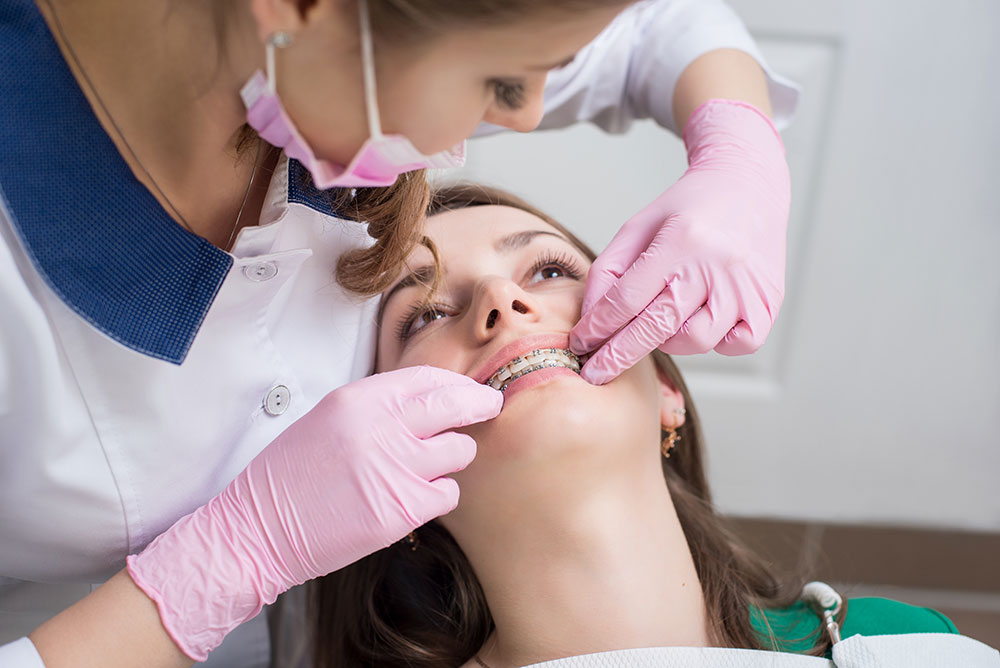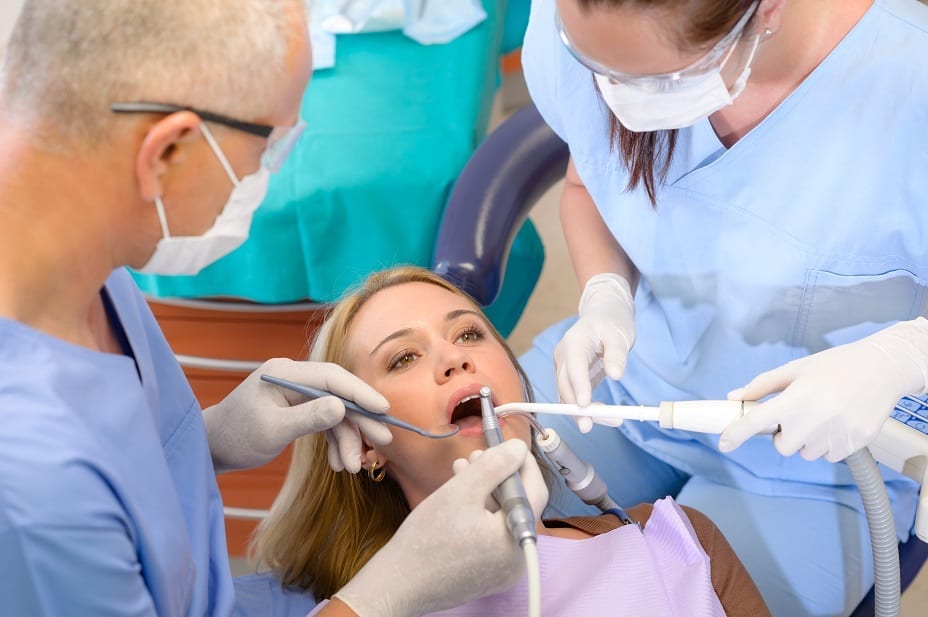Some Known Details About Legacy Orthodontics
Some Known Details About Legacy Orthodontics
Blog Article
Facts About Legacy Orthodontics Uncovered
Table of ContentsLegacy Orthodontics Things To Know Before You Get ThisWhat Does Legacy Orthodontics Do?Excitement About Legacy OrthodonticsLegacy Orthodontics - QuestionsUnknown Facts About Legacy Orthodontics
In enhancement, we provide adjustable treatment schedules, versatile repayment choices and an enjoyable, enjoyable experience.An orthodontist is a dentist trained to detect, prevent, and treat teeth and jaw abnormalities. They remedy existing conditions and are trained to determine troubles that might create in the future. Orthodontists deal with individuals of any ages, from children to adults. Individuals usually connect a perfect smile with great health.
Malocclusion, or misaligned teeth, can lead to dental issues, consisting of dental cavity, gum illness, and difficult or painful chewing. Yet not everyone is born with straight teeth. If you have a negative bite or big spaces in between your teeth, you may desire to get in touch with a dentist focusing on orthodontic care.
Examine This Report about Legacy Orthodontics
( Picture Credit: DigitalVision/Getty Images) Orthodontists make use of repaired and detachable oral tools, like braces, retainers, and bands, to alter the placement of teeth in your mouth. Orthodontic treatment is for dental irregularities, consisting of: Jagged teethBite troubles, like an overbite or an underbiteCrowded teeth or teeth that are as well far apartJaw misalignmentThe objective of orthodontic therapy is to enhance your bite.
A healthy and balanced bite ensures you can consume, chew, and talk correctly. While you may assume of orthodontists as mostly for youngsters or teens that require dental braces, they can remedy dental troubles at any age. Orthodontists participate in college, dental college, and orthodontic school. After graduation, they spend 2 or 3 years in an orthodontic residency program.
, but not all dentists are orthodontists. They focus on 2 areas: How to properly and securely move teeth Exactly how to effectively lead development in the teeth, jaw, and faceOnce an orthodontist has finished training, they have the choice to come to be board licensed.
Some Of Legacy Orthodontics
Malocclusion leads to tooth overcrowding, a twisted jaw, or uneven bite patterns. Malocclusion is usually treated with: Your orthodontist connects metal, ceramic, or plastic square bonds to your teeth.
If you have only small malocclusion, you may have the ability to use clear dental braces, called aligners, rather of typical braces (https://dzone.com/users/5216544/legacyortho.html). Some people need a headgear to assist move teeth right into line with stress from outside the mouth. After braces or aligners, you'll require to put on a retainer. A retainer is a custom tool that keeps your teeth in position.
They're most commonly made use of on kids. They can develop added area in the mouth without needing to pull teeth. If you have a major underbite or overbite, you may require orthognathic surgical procedure (likewise called orthodontic surgical procedure) to extend or reduce your jaw. Orthodontists utilize cords, surgical screws, or plates to sustain your jaw bone.
You may require to see an orthodontist if you have: Crowding or otherwise enough room for every one of your teethOverbite, when your top teeth come by your base teethUnderbite, when your base teeth are as well far forwardSpacing or issues with gapsCrossbite, which is when your upper teeth fit behind your bottom teeth when your mouth is closedOpen bite or a vertical void between your front base and upper teethMisplaced midline, when the center of your base and top teeth do not align Dealing with an oral malocclusion can: Make biting, eating, and speaking easierImprove the proportion of our face and your overall appearanceEase discomfort from temporomandibular joint disordersSeparate your teeth and make them less complicated to clean up, helping avoid tooth degeneration or tooth cavities It's frequently a dentist who first notifications misaligned teeth during a routine exam.
All about Legacy Orthodontics

During your first orthodontic assessment, you'll likely have: A dental examPhotos taken of your face and smileDental X-raysPanoramic (360 degree) X-rays of your face and headImpressions to create molds of your teethThese tests will certainly help your orthodontist recognize exactly how to wage your therapy. braces. An orthodontist is a dental practitioner that's had training to treat your teeth and jaw
Orthodontists may do surgical procedure, exams,X-rays,and more to help you attain an extra comfortable, healthier smile. An orthodontist is concentrated on your bite, so something like a damaged tooth would be managed by a dental practitioner. Orthodontists are dental experts but not all dentists are orthodontists. Orthodontists are concentrated on your bite, or the means your teeth fit with each other, and the straightness of your teeth.
Ever before questioned how stars always seem to have completely lined up teeth? The solution More Info usually depends on the proficient hands of an orthodontist. Yet exactly what does an orthodontist do? Orthodontists are oral experts who concentrate on dealing with irregularities in the teeth and jaws. Their competence exceeds simply creating a beautiful smile; it encompasses enhancing your overall dental wellness and feature.
Indicators on Legacy Orthodontics You Should Know

While braces are one of the most generally recognized orthodontic treatment, orthodontists have a diverse toolkit at their disposal. The certain strategy chosen relies on the extent of the instance, the person's age, and private preferences. These reliable braces use a system of brackets bound to the teeth and connected by wires.
These removable trays are personalized to gradually shift the teeth's placement. In cases of narrow jaws, palatal expanders can be used to produce space for appropriate tooth placement.
Report this page